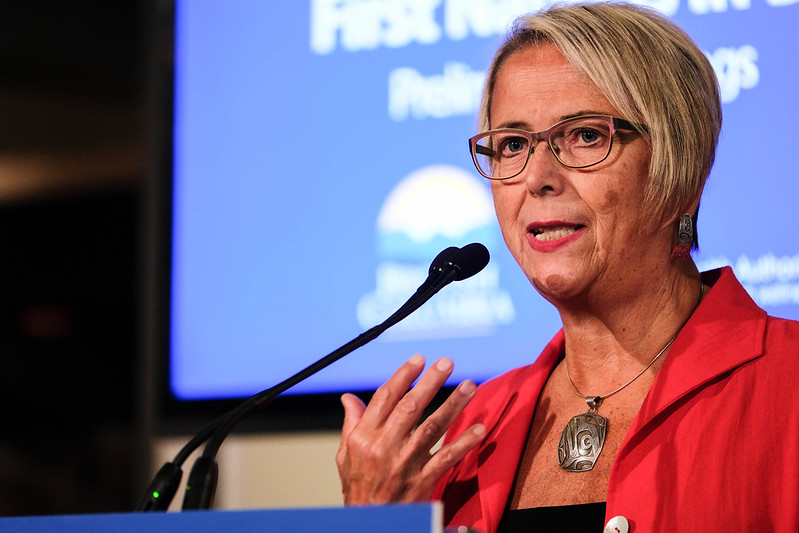The province is increasing access to overdose treatment and supports in response to an ‘increasingly toxic’ drug supply.
These supports are part of the $10.5 million in funding that will accelerate the response during the COVID-19 pandemic.
“There have been devastating consequences for people who use substances during dual public health emergencies,” said Judy Darcy, Minister of Mental Health and Addictions.
“Last month saw a record number of lives lost to overdose – all the more heart-breaking since before COVID-19, we had managed to bring deaths down for the first time. The illicit drug supply is more toxic than ever before. ”
The funding will further scale up overdose prevention services, expand access to safe prescription alternatives and add new outreach teams to help prevent overdose deaths and connect more people to treatment throughout the province.
To reduce the number of people using alone, funding will be used to open 17 new supervised consumption services and 12 new inhalation services in communities hit the hardest by the overdose crisis.
Nurses in various communities will be added to conduct initial patient assessments. This will allow prescribers, pharmacists and care teams to help more people get the medications they need to stabilize and stay safe during this challenging time.
Forty-two new full-time registered nurses, psychiatric nurses, social workers and peer support workers will be added to 14 new and existing interdisciplinary outreach teams throughout the province.
Working in groups of three, these workers will help connect people with substance-use challenges, including those who use drugs alone, to treatment, recovery and services that best suit their needs.
Team members will use a culturally safe, trauma-informed approach to care to engage individuals at-risk and those who have experienced stigma and discrimination while accessing health care.
Something going on in the Prince George area you think people should know about?
Send us a news tip by emailing [email protected].






